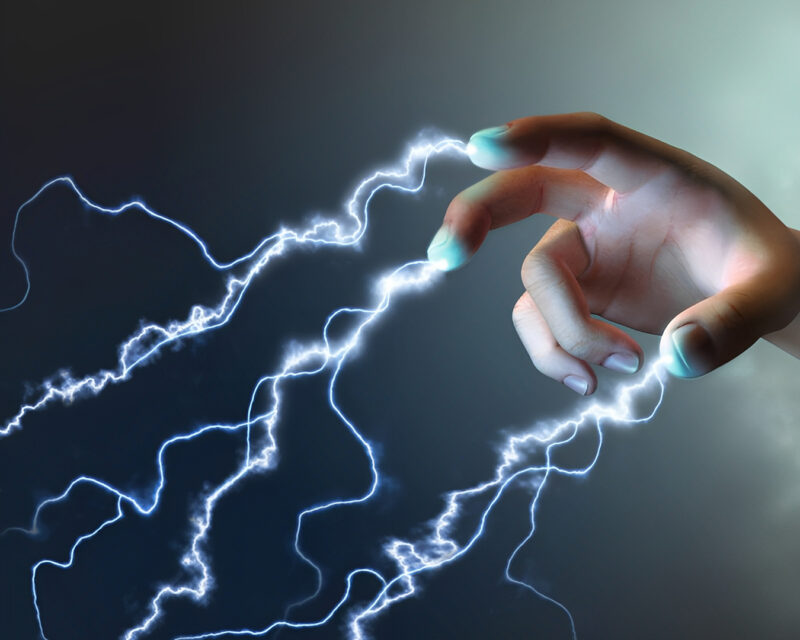
All you need to know: Benefits and Applications of Anti-Static Additive Masterbatch.
Low conductivity causes static electricity to accumulate on various plastic surfaces. Anti-static additive masterbatch is a specialized additive that is used to impart antistatic properties to various plastic products. It is designed to reduce or eliminate static electricity buildup on the surface of plastics. Here are some of the key benefits and applications of anti-static additive masterbatch:
Benefits:
Static electricity control:
Antistatic additive masterbatch helps to remove the static charges that can build up on the surface of plastic products, reducing the risk of electrostatic discharge (ESD) damage to sensitive electronic components and minimizing the attraction of dust and dirt.
Improved product quality:
Antistatic additive masterbatch prevents issues like sticking, clinging, and dust pickup, resulting in better appearance, functionality, and performance of the end product.
Enhanced safety:
Static electricity can be a safety hazard in certain industries. Anti-static additive masterbatch reduces the risk of static sparks that could potentially ignite flammable materials, making it a crucial component in applications where explosive or volatile substances are present.
Applications:
Anti-static additive masterbatch offers several benefits and finds diverse applications in industries where static electricity control is crucial. Its ability to prevent static charges, improve product quality, and enhance safety makes it an essential component in various plastic products, packaging materials, electronic devices, automotive components, and textiles.